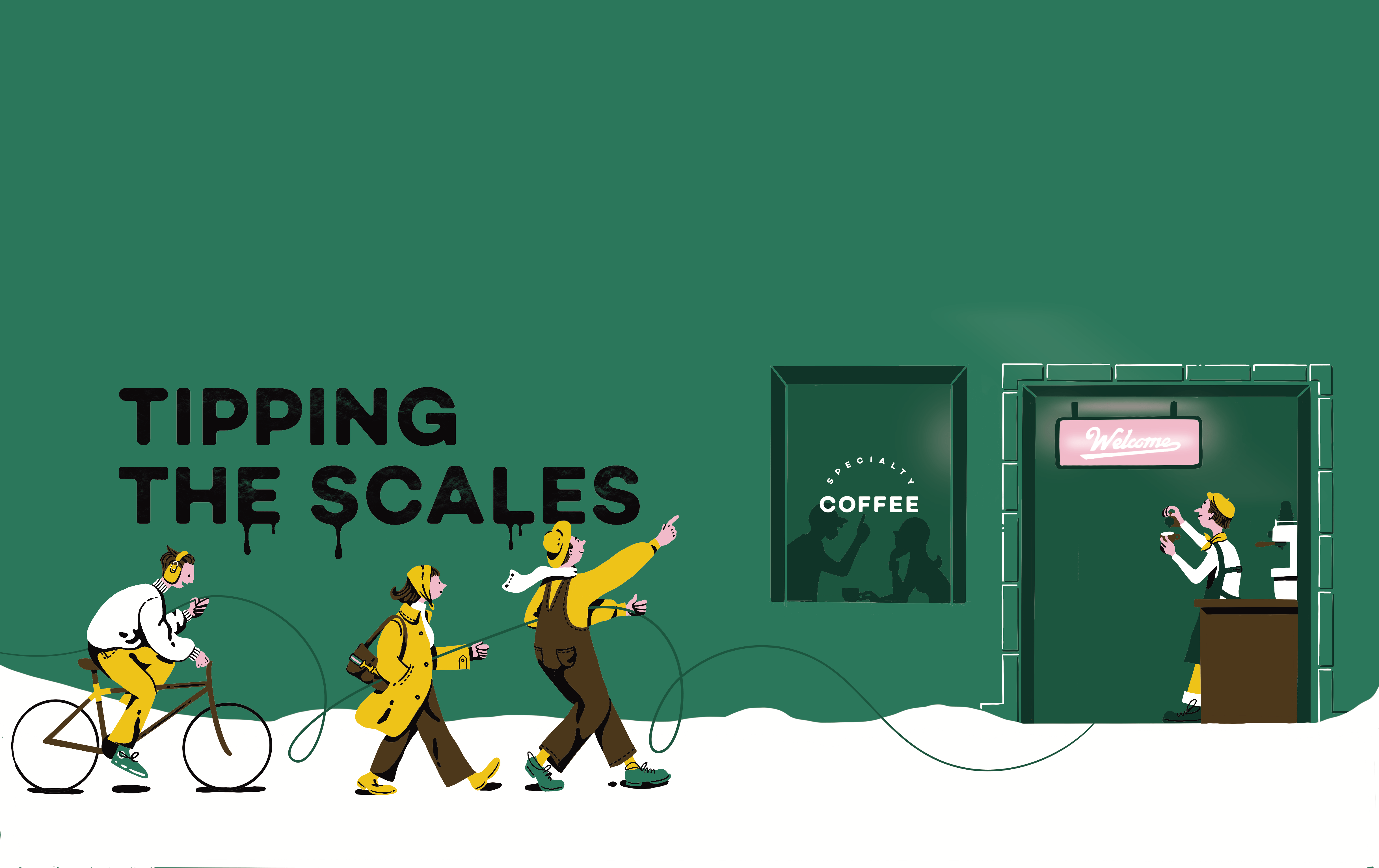
In recent years, we have seen a growing interest in specialty coffee. Young consumers are increasingly open to trying new things and are willing to show brand loyalty for a product that they perceive as being more premium. This trend has been further reinforced by the pandemic, as people have become even more aware of the importance of convenience and comfort.
However, despite this growing interest, specialty coffee still only accounts for a small percentage of the overall coffee market. And many people still don’t really understand what it is or why it’s worth paying more for. This is partly due to the fact that there is a lot of confusion around terms such as “gourmet” and “specialty”, and some companies often take I advantage of this lack of knowledge in various ways. But that’s only one part of the story. To help people recognize the real value of consuming specialty coffee, it’s important that we understand their needs.
What makes someone buy the cup of coffee that they do? Why do they choose that particular coffee shop? Is it just because it’s the closest one to them? Or because they saw a good marketing campaign? There are many factors that go into someone’s decision-making process and this differs from generation to generation. Indeed, there is a growing trend for choosing quality over quantity but trends are often fickle and can change quickly. So, how can we ensure that people choose specialty coffee in the long term?
I believe that half of the answer lies in education. We need to help people understand what specialty coffee is and why it’s worth paying more for. That way they will be able to make informed decisions about their coffee consumption. The other half of the answer lies in convenience. The industry needs to make it easier for people to access specialty coffee, without compromising on quality. These two things—educating consumers and making specialty coffee more convenient—are by no means easy tasks.
Before we set out to achieve these goals, it’s important to go back in time and understand how each generation’s coffee needs and preferences have changed. We also need to consider the current landscape of both the specialty and commodity coffee industry as a whole. Should specialty coffee be a niche market? Should it just focus on a certain consumer group? How can we bridge the gap between producers and consumers so that both understand the value of the product beyond ever-changing trends? Can we tip the scales in specialty coffee’s flavor?
These are questions that I have asked myself a few times since I started writing about coffee. And I am glad that I can share my thoughts with you on the last issue of this year. So before this year ends, let’s jump back in time and let’s understand how each generation’s coffee needs have changed and how this can help guide specialty coffee’s future.
A Sip of History
Coffee has been consumed for centuries, with the first recorded instance of its use dating back to the 15th century. At that time, coffee was primarily consumed in the Middle East and Africa. It wasn’t until the 17th century that coffee started to become popular in Europe, thanks to traders who had brought it back from their travels.
In the early days, coffee was mostly consumed for its caffeine properties. It was seen as a way to stay awake and alert, and was often used by monks who needed to stay up late to pray. Over time, coffee became more widely available and its popularity began to grow. It became a staple. As coffee became more popular, different ways of preparing it started to emerge. In the 18th century, coffeehouses became popular in Europe, providing a place for people to gather and socialize over a cup of coffee. It was during this time that coffee started to be viewed as a luxury item. Access to coffee was often limited to the wealthy, who could afford to purchase it. From a social standpoint, men were the ones who typically frequented coffeehouses and women were not seen as being particularly interested in coffee.
Mid-18th century saw the events of the first industrial revolution. This led to a growth in technological advancements and an increase in trade. Coffee started to be exported to different parts of the world, making it more accessible to a wider range of people. The second industrial revolution, which took place in the mid-19th century, saw even more advances in technology and transportation. The result was a rise of mass-produced coffee, as new technologies made it possible to roast and grind large quantities of beans at once. This made coffee more affordable and accessible than ever before. At the same time, the colonial powers were actively promoting coffee production in their colonies in order to increase trade. This led to a further increase in the availability of coffee around the world.
By the early 20th century, coffee was part of many people’s diets. The daily routine of many people started to change due to their new jobs in factories. Coffee became a way to get a much needed energy boost in order to make it through the day. Back then, there was mainly one method of preparation—boiling the coffee grounds in water. This resulted in a very strong and bitter cup of coffee since people were roasting their coffee very dark. It was not a matter of choosing dark over light roasts back then, but rather a question of how to make coffee less bitter. This is when milk and sugar started to be added to coffee in order to offset the bitterness.
The industrial revolution also brought about the invention of the espresso machine in the late 19th century. However, it was only in the 1950s that espresso started to become popular. This was due to a number of factors, including the rise of Italian immigration to the US, as well as the popularity of Italian culture and cuisine. The espresso machine allowed for a much quicker way to prepare coffee, and the resulting cup of coffee was much less bitter than boiled coffee.
The 20th century also saw two world wars, which led to a rise in the popularity of instant coffee. This was because instant coffee was easy to transport and didn’t require any specialized equipment to prepare. It was also a lot easier to ration during wartime. After the wars, instant coffee became increasingly popular as a faster and cheaper alternative to brewed coffee. Baby boomers, the generation born after World War II, grew up with instant coffee and many of them continue to drink it today.

In the second half of the 20th century, coffee became even more popular. This was in part due to the rise of the youth culture and the counterculture movement. Coffee shops became hip places for young people to gather and socialize. The coffee culture started to develop and different brewing methods and coffee styles started taking off. Generation X, the generation born in the 1960s and 1970s, was the first to really embrace coffee as a lifestyle. This is when coffeehouses started appearing on every corner and coffee became an integral part of popular culture.
Generation Y, also known as the Millennials, is the most recent generation to come of age. I am a part of this generation, and I can say with certainty that coffee is more popular than ever before. We are constantly on the go and always connected. Coffee is the perfect drink for us since it provides a quick energy boost when we need it. Some of us are also willing to pay more for higher quality coffee, as we appreciate the complexities of different flavors and brewing methods. We are also more likely to frequent coffee shops that have a unique atmosphere and offer a variety of drinks and food.
Convenience is also another big thing for us. Millennials are always looking for ways to save time, and that includes our coffee habits. Single serve coffee makers like Keurig and Nespresso have become very popular in recent years as they allow for a quick cup of coffee without any hassle. Many of us also prefer to drink our coffee on the go, which is why to-go cups and travel mugs are so popular. The next generation, Generation Z, is just starting to come of age in recent years. They are digital natives who have grown up with technology constantly at their fingertips. They are used to getting what they want, when they want it. This generation is likely to continue the trend of convenience when it comes to coffee. Alongside with Millennials they also have high expectations from brands regarding sustainability and ethical practices.
It is evident that coffee has undergone a major transformation in the last century. What started out as a simple drink made from boiled water and darkly roasted coffee beans has now become a complex and diverse beverage enjoyed by people all over the world. So, with all this popularity, why shouldn’t specialty coffee be able to enter people’s homes and daily lives? At this point it is important to understand how hard it is to change a habit. Considering the facts above, can you expect a Baby Boomer to start drinking a single origin cold brew coffee? Probably not. It is more likely that they will stick to their tried and true instant coffee. On the other hand, a Millennial is more likely to be open to trying new things, which is why they are more likely to experiment with different brewing methods and coffee styles.
Isn’t it then important to consider what each generation values when marketing coffee? For example, Baby Boomers are more likely to respond to ads that focus on the health benefits of coffee. Millennials, on the other hand, are more likely to be interested in ads that focus on the experience of drinking coffee. They want to know where their coffee comes from and how it was made. I think the issue with understanding specialty coffee’s true value starts with a clash between questionable marketing practices and an overload of information.
The Specialty Coffee Confusion
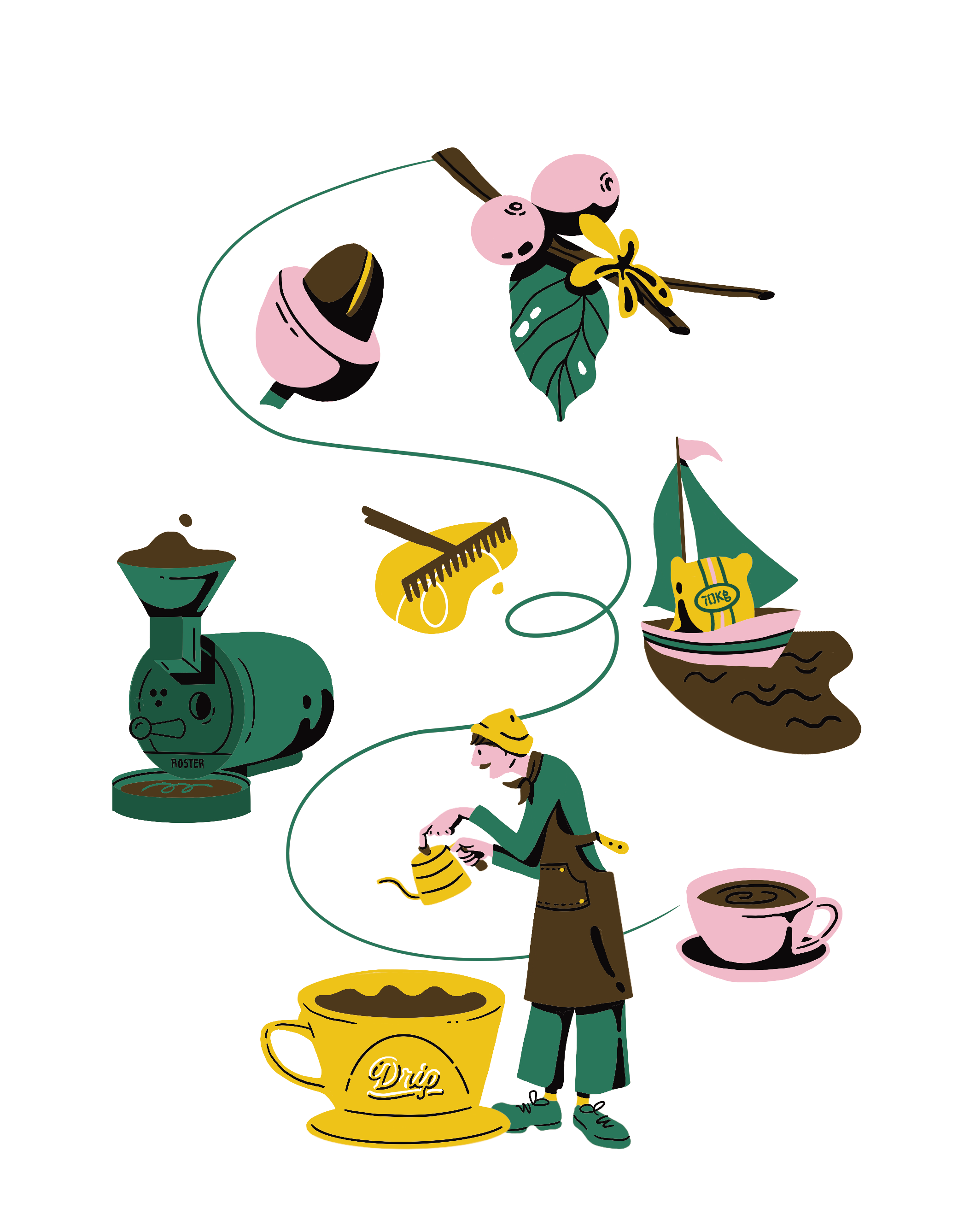
Now is perhaps a good moment to explain what specialty coffee is and what it isn’t. In the most basic terms, specialty coffee is a type of coffee that has been graded 80 points or higher on a 100-point scale by a professional coffee taster. To give you some perspective, the average coffee scores around 65 points. So, what’s the big deal with specialty coffee? Isn’t all coffee made from high-quality beans?
The answer is no. In fact, most of the coffee that is consumed worldwide is what’s known as commodity coffee. This type of coffee is mass-produced and typically scores below 80 points on the quality scale. It is also usually grown in regions where labor is cheap and environmental regulations are lax. Commodity coffee is typically sold in bulk and traded on the international commodities market. In contrast, specialty coffee is produced in smaller batches and often costs more to grow and produce. The beans are also typically sourced from specific regions that are known for producing high-quality coffee. Specialty coffee growers often have to invest more in their farms in order to meet the higher standards required by specialty coffee buyers.
With that said, it is important to remember that specialty coffee is not a guaranteed indicator of quality. Just because a coffee is specialty grade does not mean that it will taste good. There are many factors that can affect the taste of coffee, including the roast level, brewing method, water quality, and more. However, what specialty coffee does guarantee is a certain level of quality control. When you buy specialty coffee, you can be confident that the beans have been grown in ideal conditions and processed using best practices.
You might have also seen the phrase “bean to cup” or “farm to cup” before. This is often used to describe the journey that specialty coffee takes from the growers to your cup.
The idea behind “bean to cup” is that the quality of the coffee can be maintained at each stage of the process, from growing and harvesting the beans, to roasting and brewing them. This is in contrast to commodity coffee, which often takes a more mass-produced approach and is less focused on quality control.
Silvia Constantin is the co-owner of Romania’s Barista School and National Coordinator of Romania’s Specialty Coffee Association (SCA) Chapter. She comments on how many people still don’t know what specialty coffee is, “I am always surprised by the lack of knowledge, confusion, and misunderstandings that surround specialty coffee, thus decreasing its value. I believe both specialty roasters and specialty coffee shops need to play their part in educating consumers,” she says.
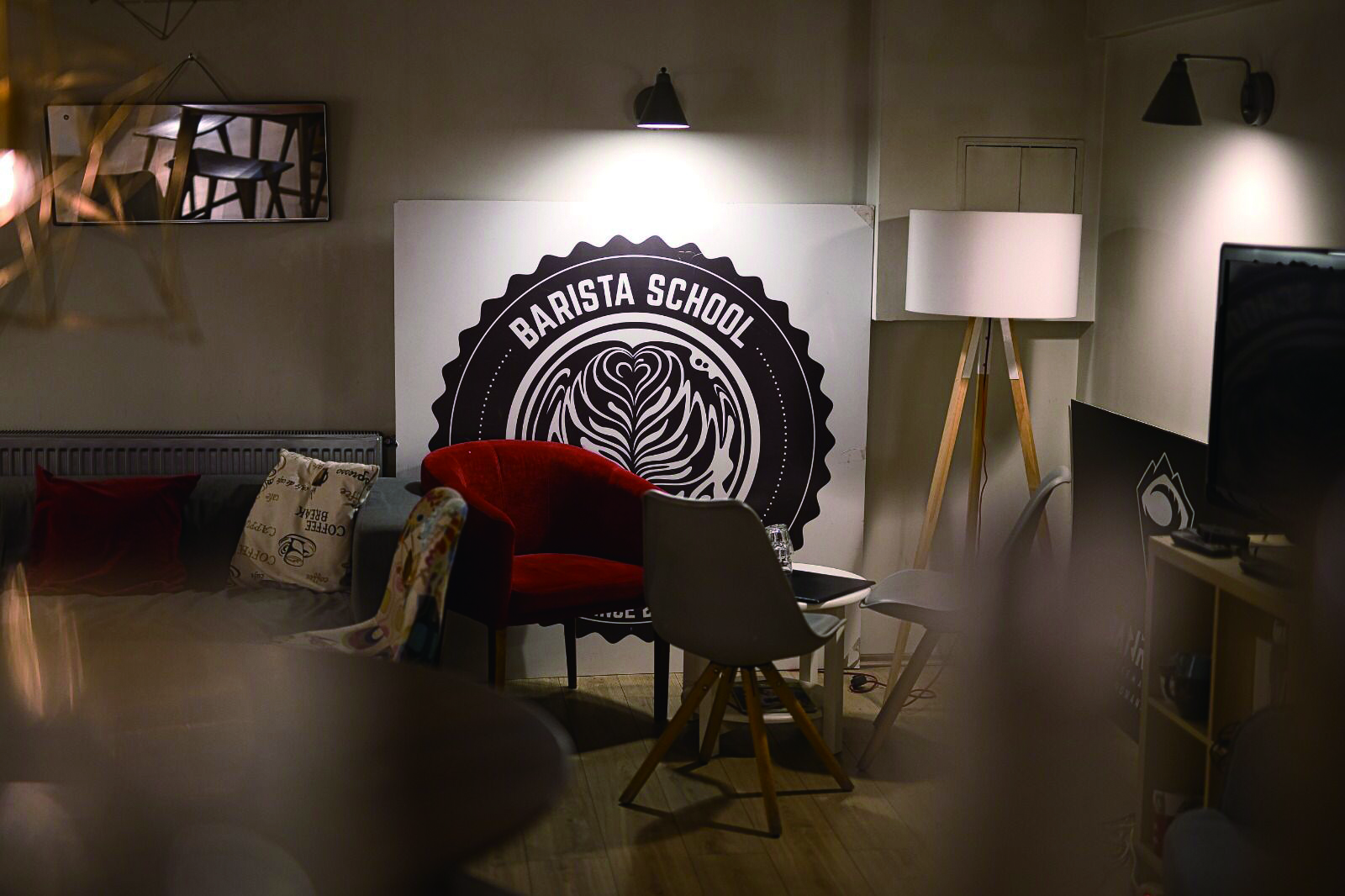
Barista School in Bucharest, Romania
The Marketing Recipe for Disaster
Unfortunately, the specialty coffee industry has a bit of a marketing problem. If you consider what marketing does, it’s not hard to see how this could be the case. Marketing is, at its core, about creating and telling stories. It’s about creating an emotional connection between a product and a consumer. Why? Because emotions drive buying decisions. This is why you see so many commercials that try to tug at your heartstrings. They are trying to create an emotional connection between you and the product. And it’s not just commercials; any type of marketing, from social media ads to billboards, is trying to do the same thing.
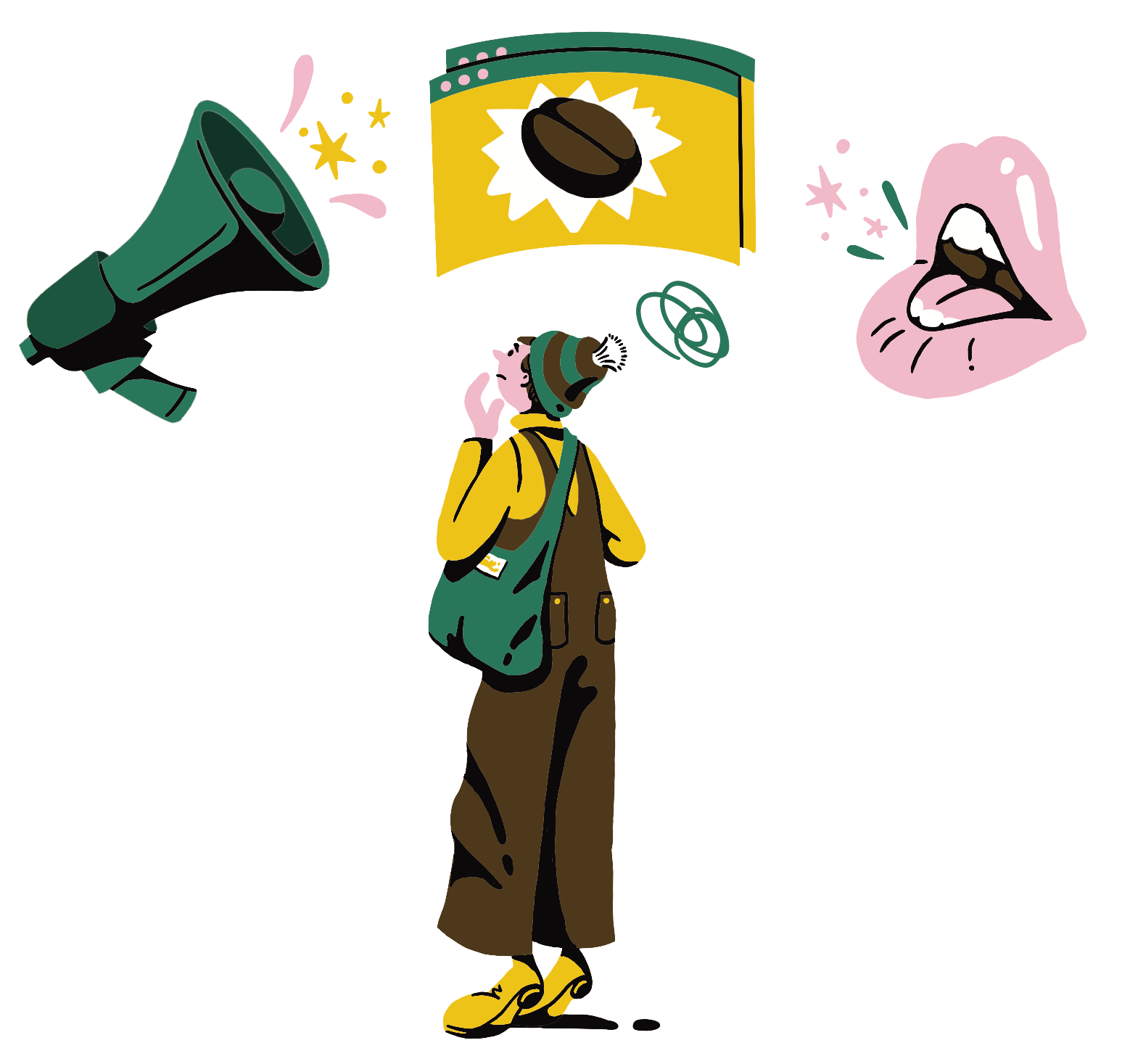
Generations change and marketing is evolving with them. Companies are getting better and better at using data to target their marketing messages. This is why you see ads for products that you were just talking about with your friends, or why you get served ads for things that you have been searching for online. The problem with specialty coffee is that it is still a very new concept in comparison to how long people have been drinking coffee. Most people in the world are used to certain types of drinks based on culture and traditions and they are also used to buying certain coffee brands. So, if that coffee brand decides to throw ingredients like cultural significance, brand retention practices and specialty coffee in a blender, what you get is a confusing mess.
And that’s exactly what has happened. In recent years, there has been a trend of coffee companies labeling their coffee as “specialty” when, in reality, it is anything but. They essentially try to appeal to a new, more discerning customer base by promoting a coffee experience that is more premium, more elevated, and more sophisticated. These companies are counting on the fact that most people don’t really know what specialty coffee is, or how to tell the difference between specialty and commodity coffee.
Then, of course, you also have greenwashing practices. This is when a company tries to make themselves appear more environmentally friendly than they actually are. They might do this by using recycled materials, or by planting a few trees. It’s a way of trying to distract from their actual environmental impact. And sadly, it’s something that is all too common in the coffee industry. All of this contributes to the confusion around what specialty coffee is, and it makes it difficult for consumers to know which coffees are actually worth their time and money.
Depending on which generation you belong to, you have been raised with different ideas about what coffee is and what it should be. Like I mentioned above, it is not easy to break a habit, which is why some view specialty coffee as a niche market that focuses on specific demographics, such as young generations. The reality is that specialty coffee is for everyone, but it is not marketed as such. And this is a problem, because it alienates potential customers and creates an elitist image that is difficult to shake. “Any change takes time. No one will change the mind of a consumer if they dictate to them what they need to do, but if you provide information in a relatable way and give them the space to make their own decisions, you might just be able to make a difference,“ Silvia points out.
Convenience as a Useful Tool
There are a few key consumer trends that have emerged in recent years that show a clear preference for convenience when it comes to coffee. The emergence of single-serve coffee makers and coffee pods is one such trend. Consumers can simply place a coffee pod in their machine and have a fresh cup of coffee in seconds. This is a major time saver for people who are rushing out the door in the morning.
Another key trend is the rise of ready-to-drink (RTD) coffee. These are coffee drinks that come in bottles or cans and have become increasingly popular in recent years, especially among younger consumers. More and more coffee brands are launching RTD products as a way to meet the demand for convenient, grab-and-go coffee options. Finally, the rise of coffee on tap is another trend that favors convenience. Many consumers are starting to discover the world of coffee on tap, which is a system where coffee is brewed and stored in kegs and served from a tap. From nitro cold brews to nitro lattes, coffee on tap is becoming increasingly popular, as more and more coffee shops invest in these systems to meet consumer demand.
The pandemic also had an impact on how people purchase and consume coffee. For many, convenience is now more important than ever. With more people working from home, there has been an increase in demand for at-home coffee solutions that are easy to use and require minimal effort. Services such as contactless pickup and fast delivery have also become more popular as consumers look for ways to minimize contact and get their coffee fix without leaving home.
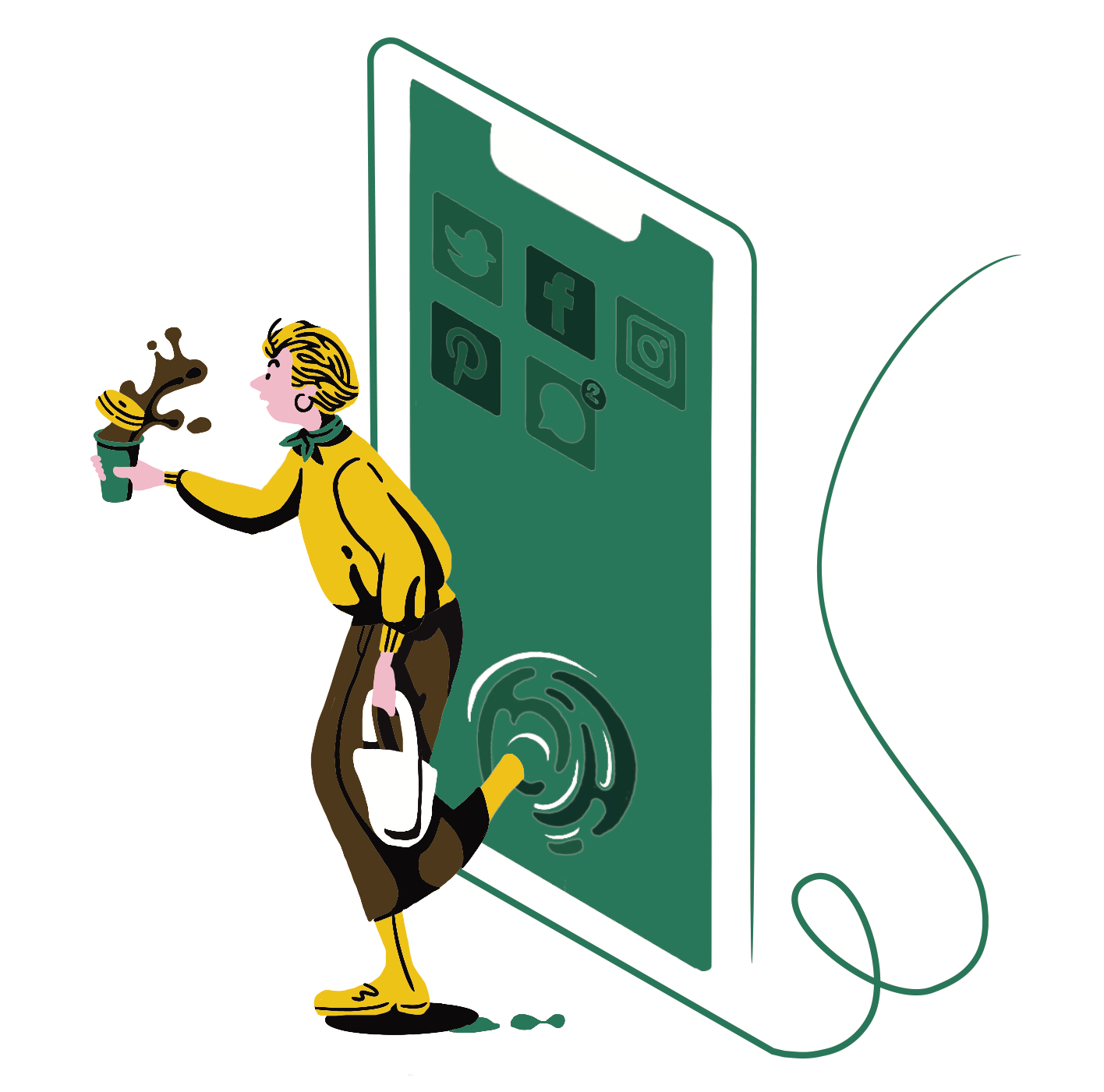
A recent study by Deloitte, found that about four-fifths of consumers value convenience even more now than before COVID-19, and more than four-fifths of consumers expect flexible shipping and fulfillment options, like BOPIS (Buy Online, Pick Up In-Store), from retailers. Another study from ecommerce automation platform, Linnworks, found that for almost half of customers surveyed, convenience was more important than price when it came to choosing a retailer. In addition, the study found that 76% of consumers cite convenience as their e-commerce top priority consideration more now than before Covid restrictions.
In the coffee sector, convenience can take many different forms. It could be a quick and easy way to make coffee at home, or it could be a coffee shop that has a drive thru. What convenience means to each customer type will be different. What is important is that businesses understand the needs of their target consumers. Can convenience become a useful tool to introduce more people to specialty coffee? I believe it can. Think of a truck driver for example. For some specialty coffee companies it might not seem an obvious target group. But why shouldn’t it be? It is highly likely that a truck driver will buy their coffee from a petrol station or a fast food outlet, while on the road. If they were offered the chance to buy specialty coffee that is just as convenient, but of a higher quality, there is a good chance they would take it.
The Freedom of Grabbing Coffee Anytime
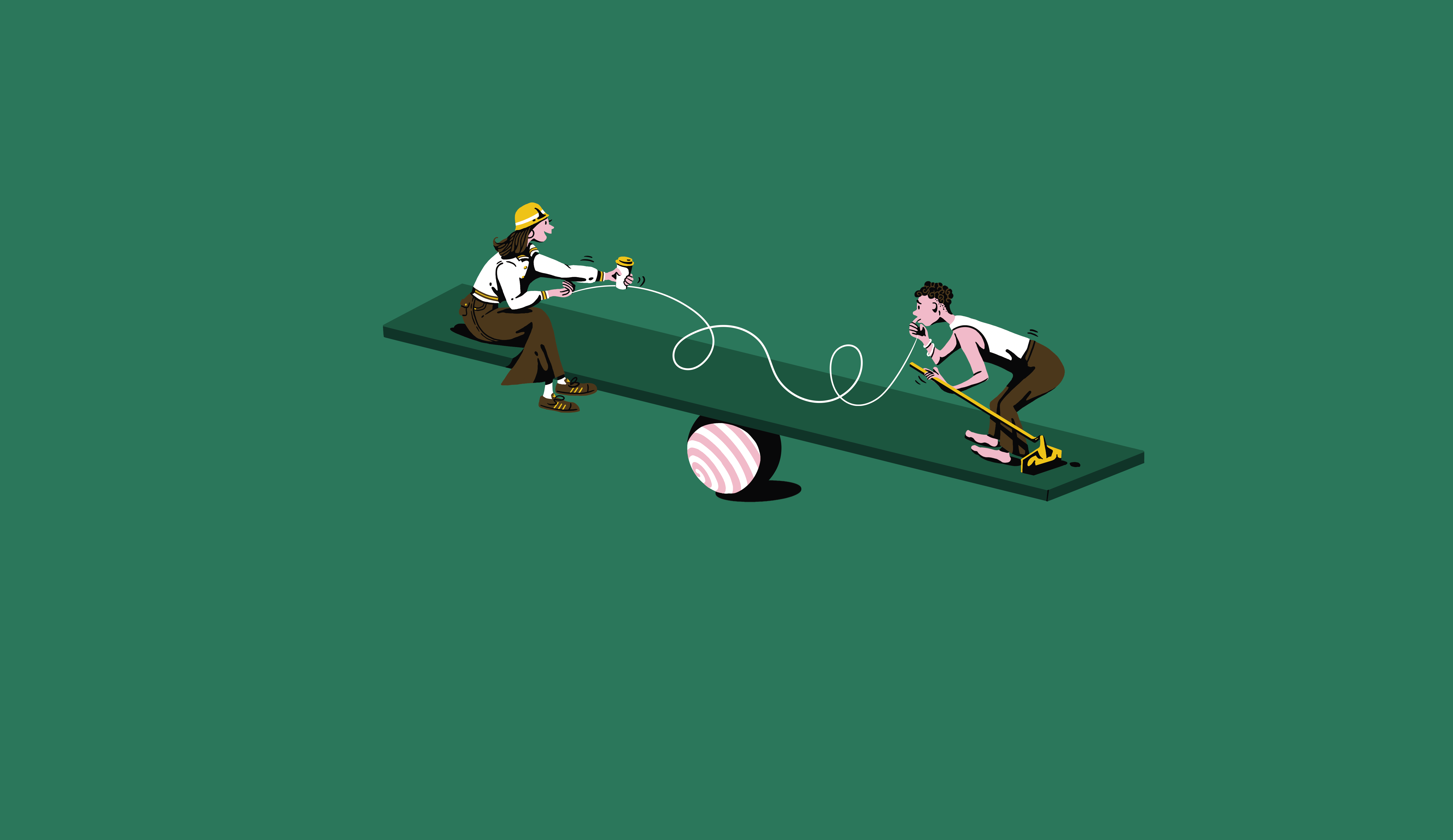
Accessibility to coffee is not something questionable these days, at least not for the developed countries. It’s everywhere; supermarkets, malls, petrol stations, and even some coffee shops are open 24/7. You can have it anytime you want without much hassle. The whole process is quite simple and straightforward. You are pretty much free to grab coffee anytime you want. But does this freedom exist across the whole coffee value chain? Unfortunately, the answer is no. Many developing countries and coffee producing nations do not drink coffee as it is too expensive for them. They usually opt for tea or other less expensive alternatives. Moreover, some of them might not even have access to clean water, let alone specialty coffee.
The freedom to grab coffee anytime is a privilege that many people take for granted. It’s something that should be enjoyed by everyone, not just those who can afford it. So how can we make specialty coffee more accessible to everyone? By working towards a more sustainable and ethical coffee industry, we can create a system that is fair for all involved. This includes the farmers, the workers, the roasters, and the consumers. When everyone is treated fairly and with respect, it creates a positive ripple effect that benefits everyone involved. Specialty coffee represents values such as sustainability and transparency, which are becoming increasingly important to consumers. And if specialty coffee companies appeal to convenient- minded consumers, they have the potential to reach a whole new group of people with their message. The reality is that they have to battle many big players that have been in the market for decades and know how to use marketing and advertising to their advantage. But specialty coffee companies who stand by the true values of their product, have one more card up their sleeve: education.
There are many benefits to consumer education, both for the consumer and for the specialty coffee industry. For consumers, education can provide them with a greater understanding of the coffee they are drinking and allow them to make more informed choices. By providing them with this knowledge, they will be more likely to purchase specialty coffee in the future. Furthermore, education can help to create a more sustainable and ethical industry by teaching consumers about the importance of supporting these types of businesses. For the specialty coffee industry, consumer education can lead to increased sales and growth. In addition, it can help to build trust between the industry and the consumers, since specialty coffee companies that are transparent about their practices and willing to educate consumers are more likely to be seen as trustworthy.
There are many different forms of consumer education, both formal and informal. Formal methods include things like classes, workshops, seminars and cuppings. These are typically more expensive and time-consuming than informal methods, but they can be more effective in reaching a large number of people. Informal methods include things like social media, blogs, and articles.

Dani Bordiniuc, creator of Brewing With Dani
Dani Bordiniuc is an experienced barista, coffee content creator, and consultant. He is also the creator of Brewing With Dani, an educational platform designed to teach home baristas and coffee enthusiasts how to make great coffee, “Based on my experience as barista and café manager, sensory experiences and curiosity play a significant role in educating consumers, alongside approachability on the part of staff (by keeping language simple and relatable). By slowly exposing them to new flavors and new styles of drinks (e.g., single origin espressos, pour overs, etc.), with time you are making consumers more curious and inquisitive, and more open to trying something outside their comfort zone. It’s a pull rather than a push,” Dani comments.
Many specialty coffee businesses offer classes and events that teach consumers about coffee. This is a great way to engage with potential customers and help them understand the value of specialty coffee. Consumer education can also help build brand loyalty and increase customer retention. So, on the one hand there is convenience, something the everyday consumer wants no matter which generation, and on the other hand is education that offers the chance to make a difference by supporting an industry that is sustainable, ethical, and values-driven.
When it comes to marketing specialty coffee to consumers, both education and convenience are key. And while some might think that one is more important than the other, the reality is that they are both equally important. We need to give consumers more reasons to choose specialty coffee and we need to rethink the way we market it to them. That way we might be able to tip the scales in specialty coffee’s favor.









NO COMMENT